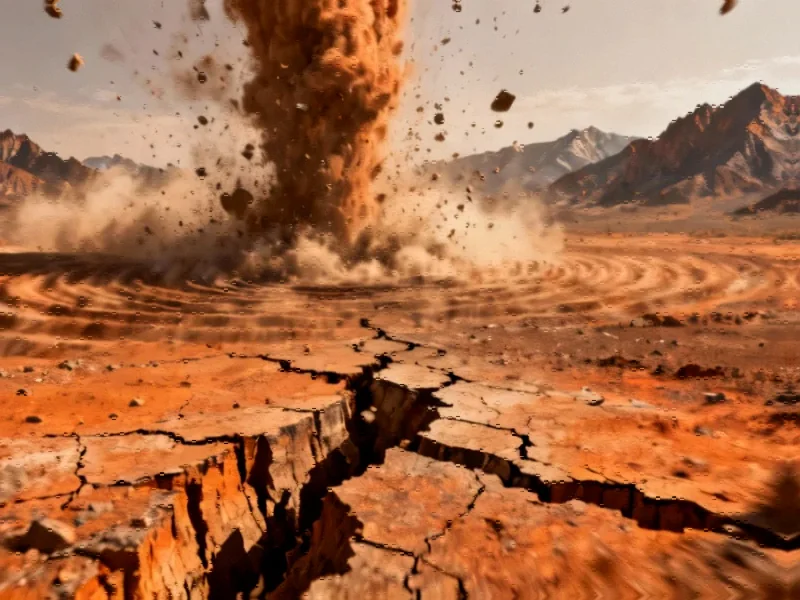Cascadia Megathrust Quakes Could Potentially Trigger San Andreas Fault Ruptures, Geological Evidence Suggests
Geological researchers have uncovered compelling evidence that major earthquakes along the Cascadia subduction zone may trigger subsequent ruptures along California’s San Andreas Fault. The findings, based on analysis of sediment cores spanning three millennia, suggest these two major fault systems may be more interconnected than previously understood. Scientists indicate this discovery has significant implications for earthquake preparedness along the entire Pacific coast.
Interconnected Fault Systems Revealed Through Sediment Analysis
According to reports from researchers at Oregon State University, a newly discovered geological connection suggests that a major earthquake along the Cascadia subduction zone could potentially trigger significant seismic activity along California’s San Andreas Fault. The research team, led by paleoseismologist Chris Goldfinger, analyzed 137 different sediment cores collected from both geological zones over five research voyages, uncovering evidence of synchronized earthquakes dating back approximately 3,000 years.
